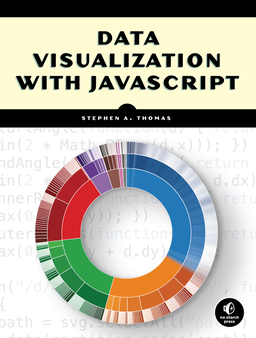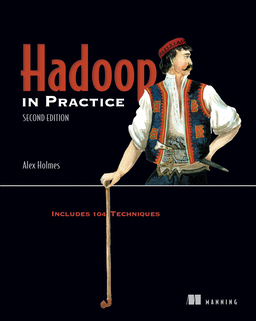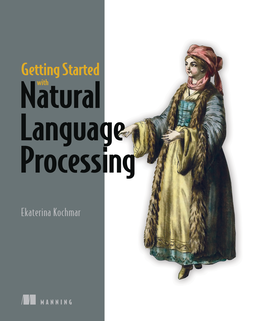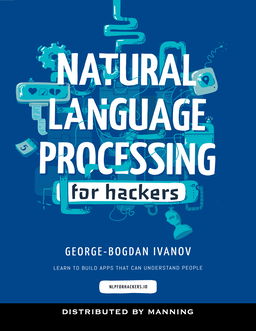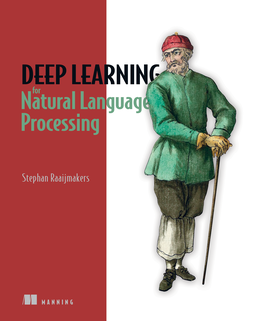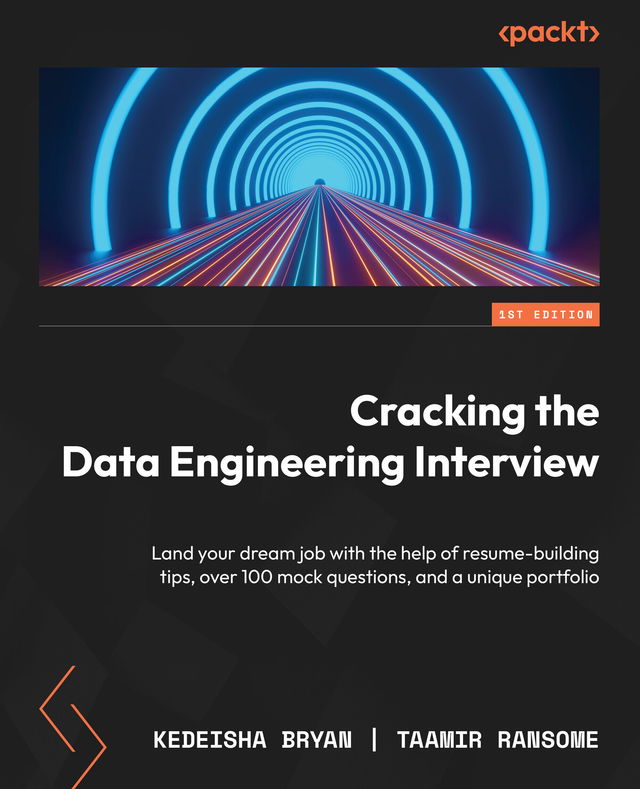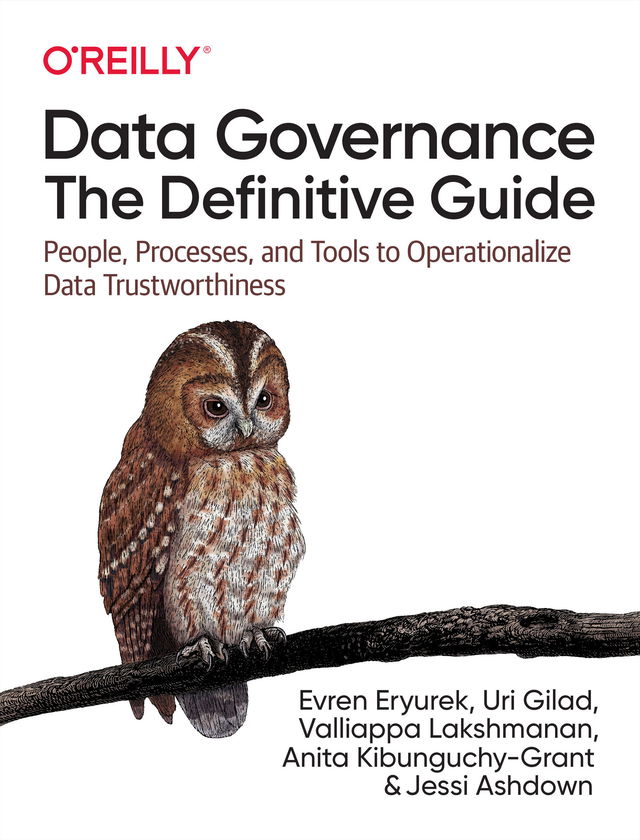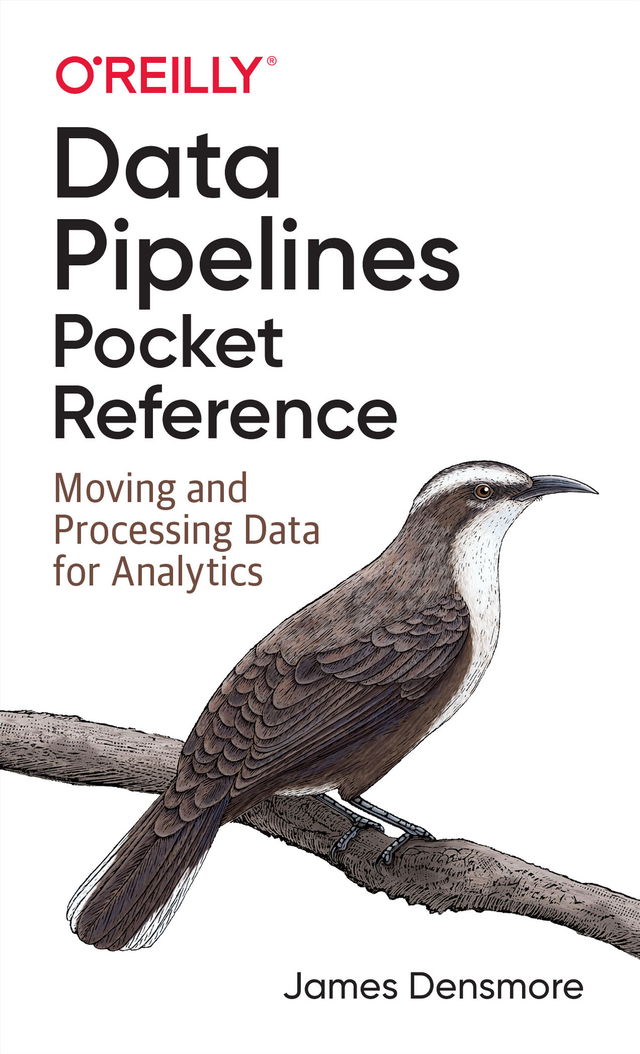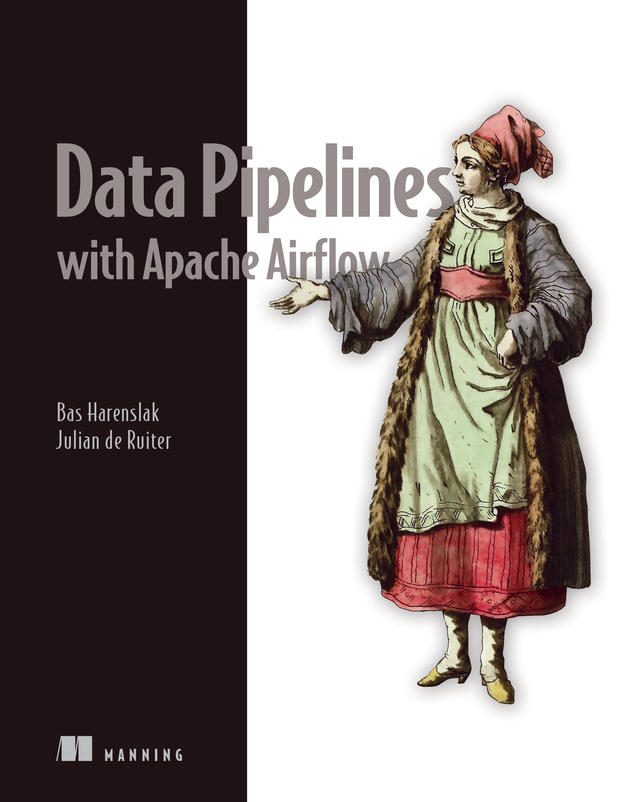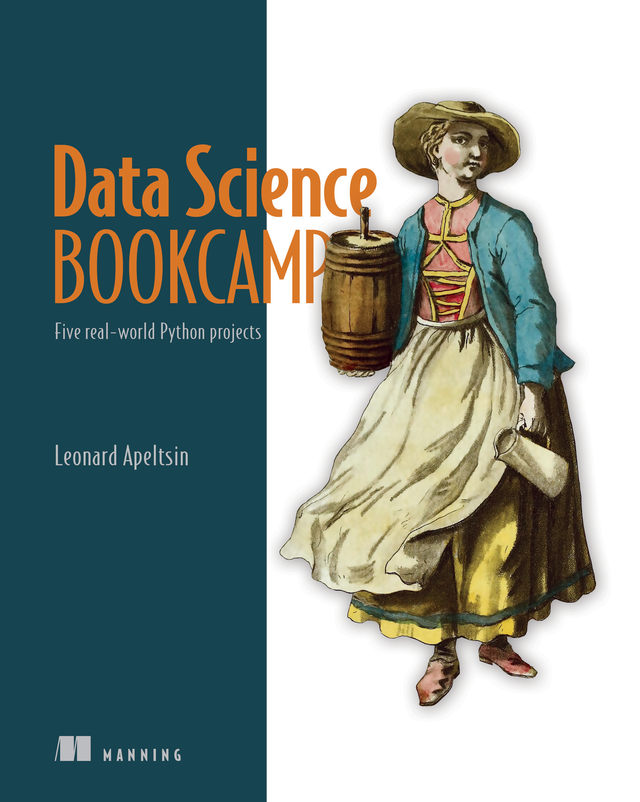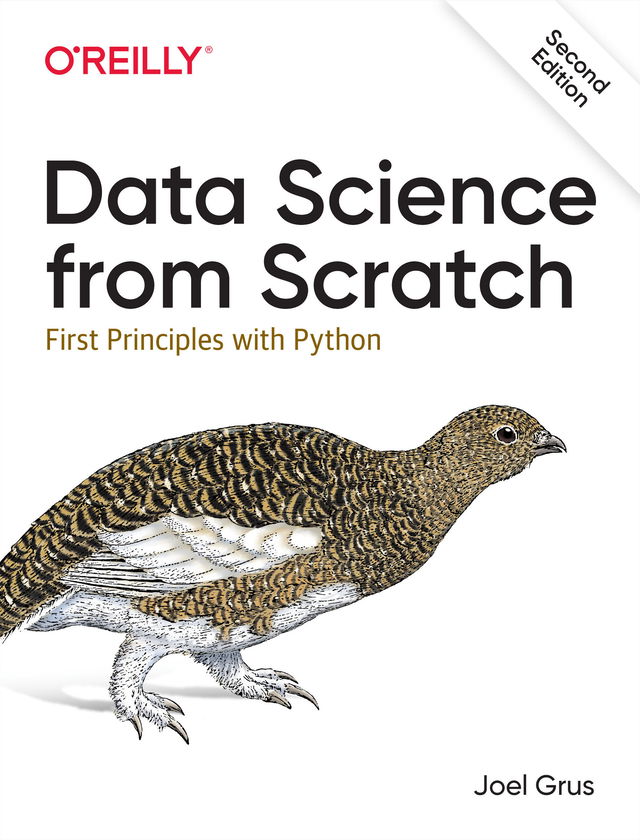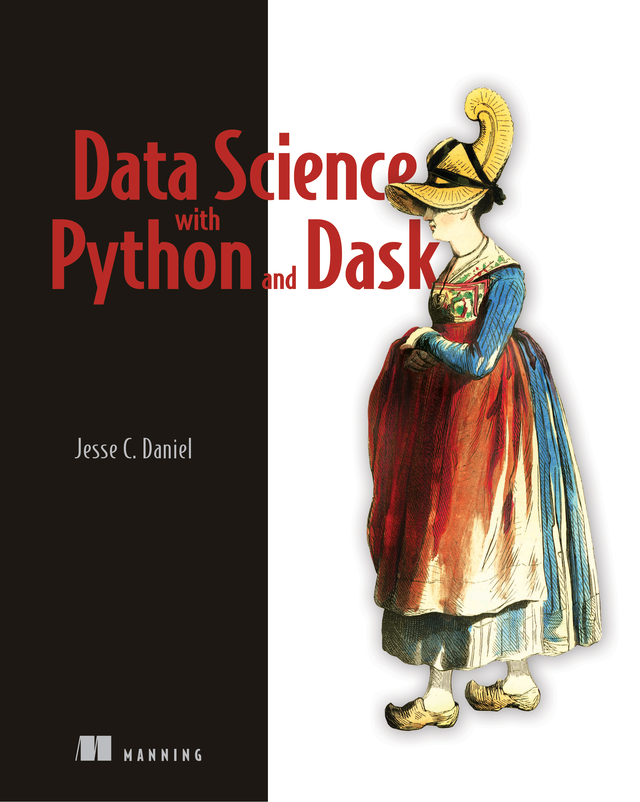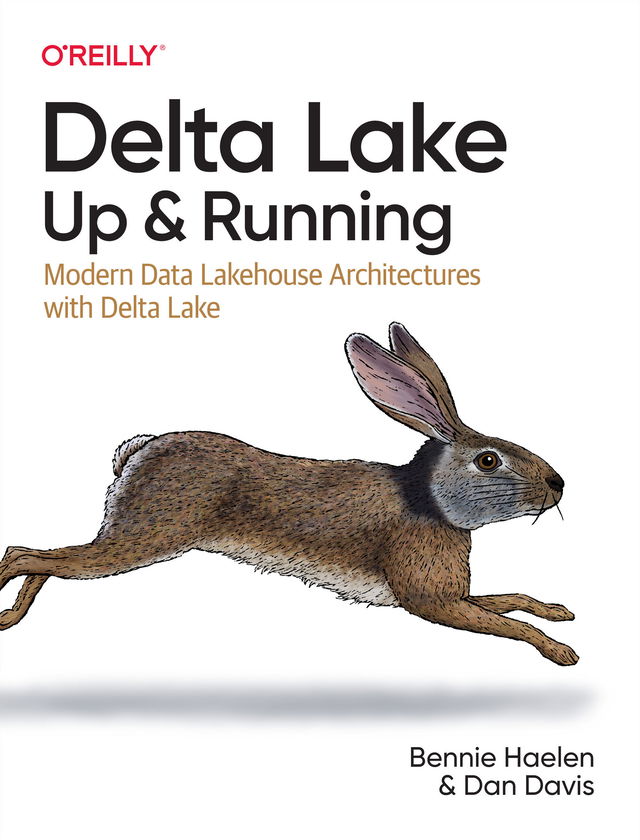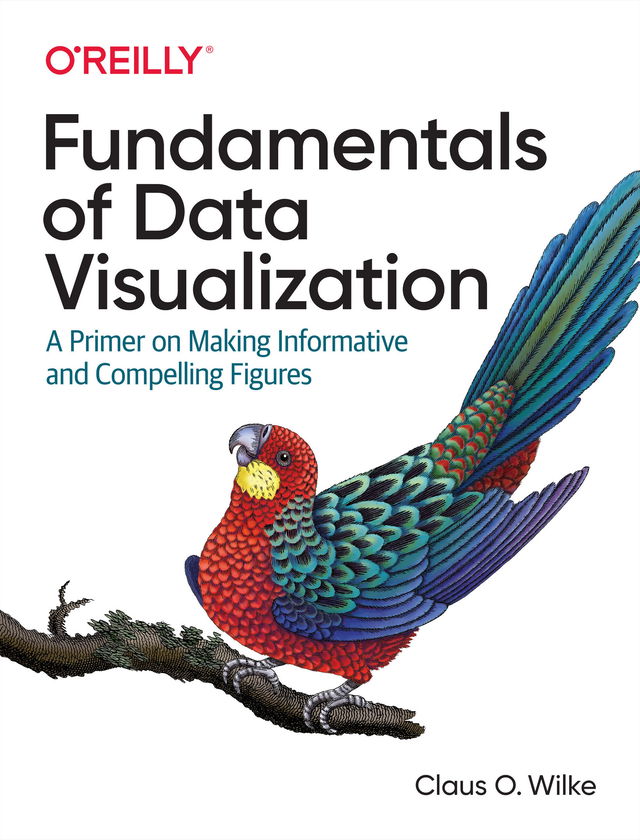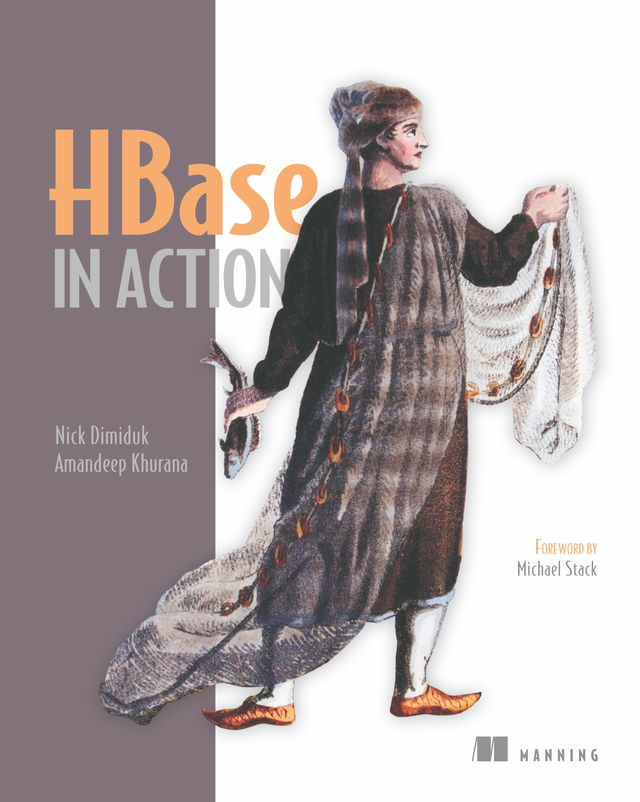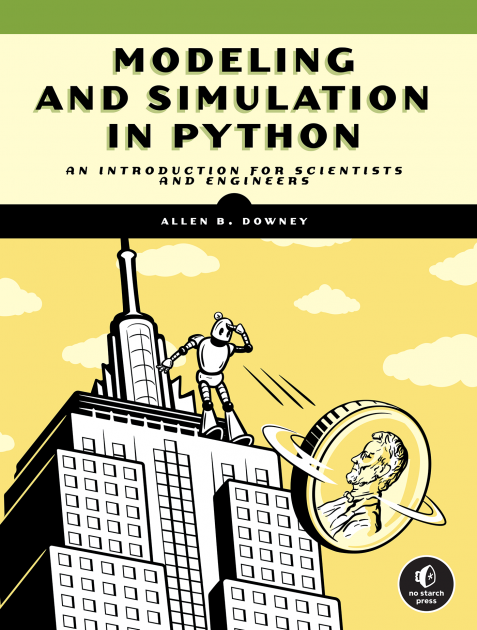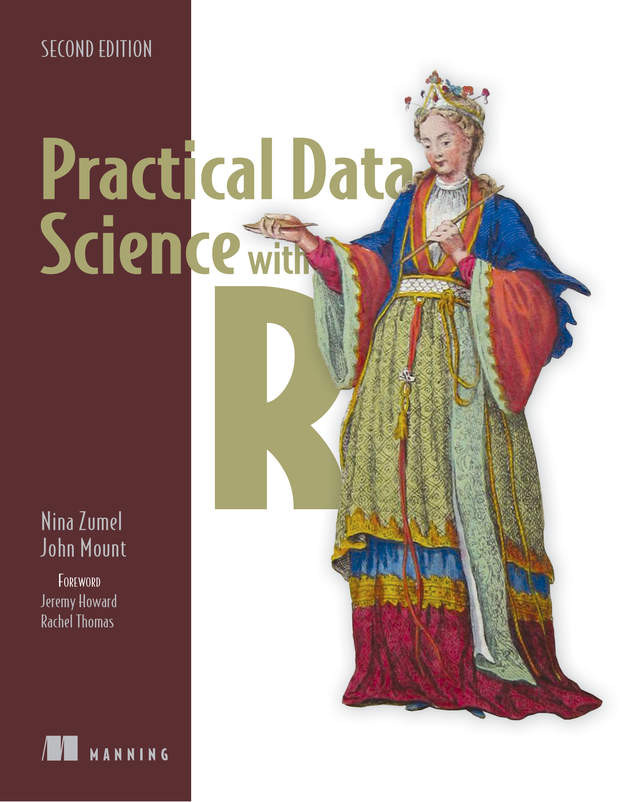Massive modern datasets make traditional data structures and algorithms grind to a halt. This fun and practical guide introduces cutting-edge techniques that can reliably handle even the largest distributed datasets.
In Algorithms and Data Structures for Massive Datasets you will learn:
- Probabilistic sketching data structures for practical problems
- Choosing the right database engine for your application
- Evaluating and designing efficient on-disk data structures and algorithms
- Understanding the algorithmic trade-offs involved in massive-scale systems
- Deriving basic statistics from streaming data
- Correctly sampling streaming data
- Computing percentiles with limited space resources
Algorithms and Data Structures for Massive Datasets reveals a toolbox of new methods that are perfect for handling modern big data applications. You’ll explore the novel data structures and algorithms that underpin Google, Facebook, and other enterprise applications that work with truly massive amounts of data. These effective techniques can be applied to any discipline, from finance to text analysis. Graphics, illustrations, and hands-on industry examples make complex ideas practical to implement in your projects—and there’s no mathematical proofs to puzzle over. Work through this one-of-a-kind guide, and you’ll find the sweet spot of saving space without sacrificing your data’s accuracy.







